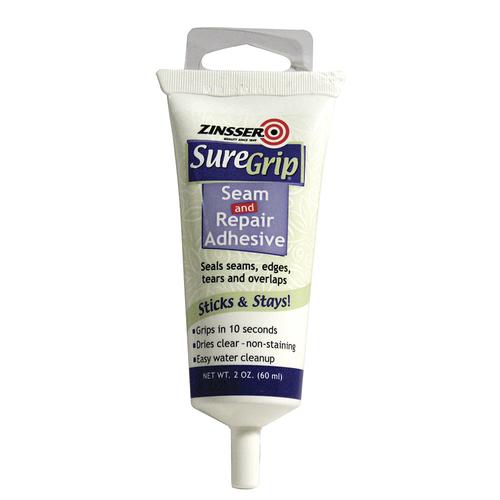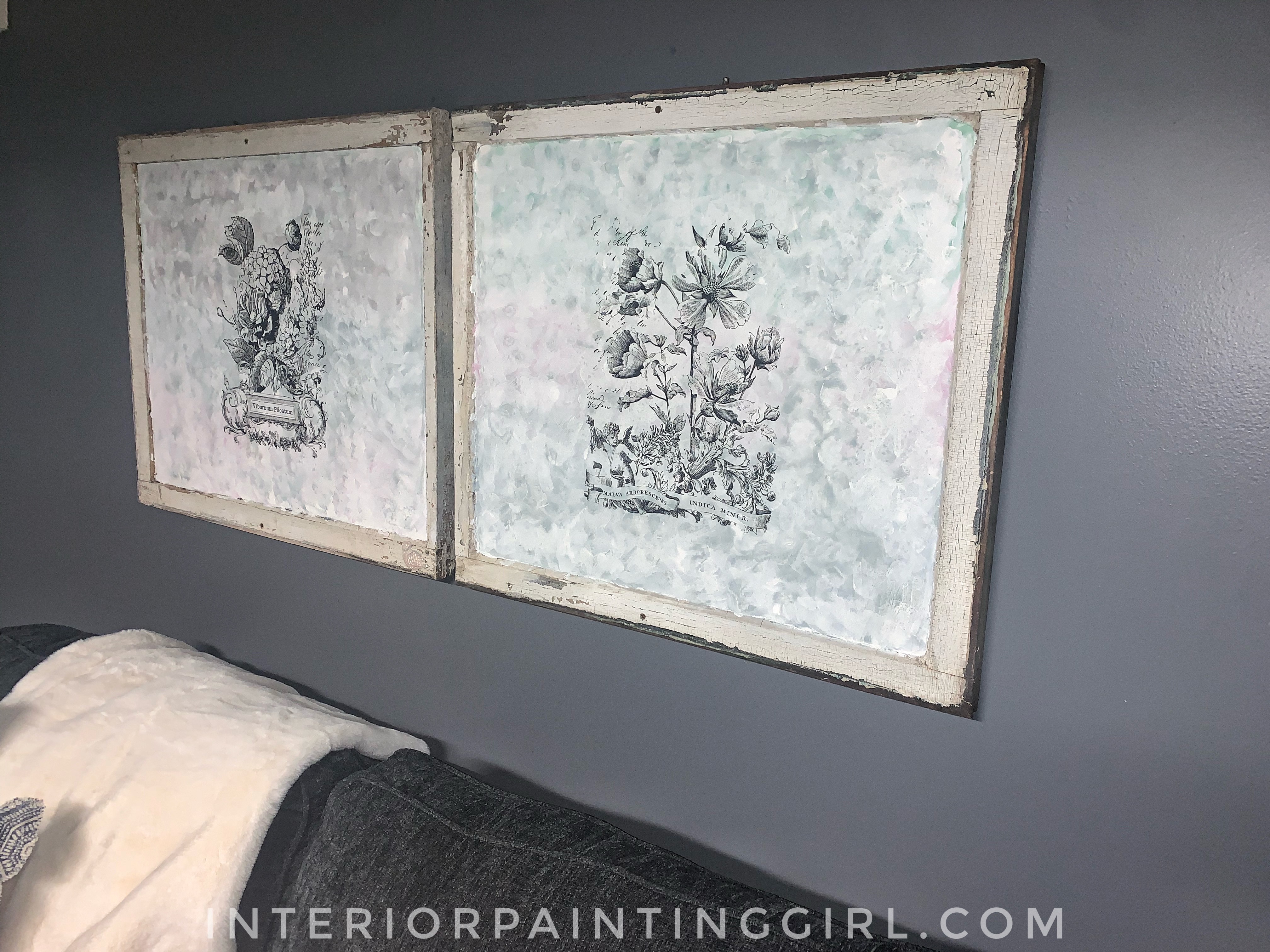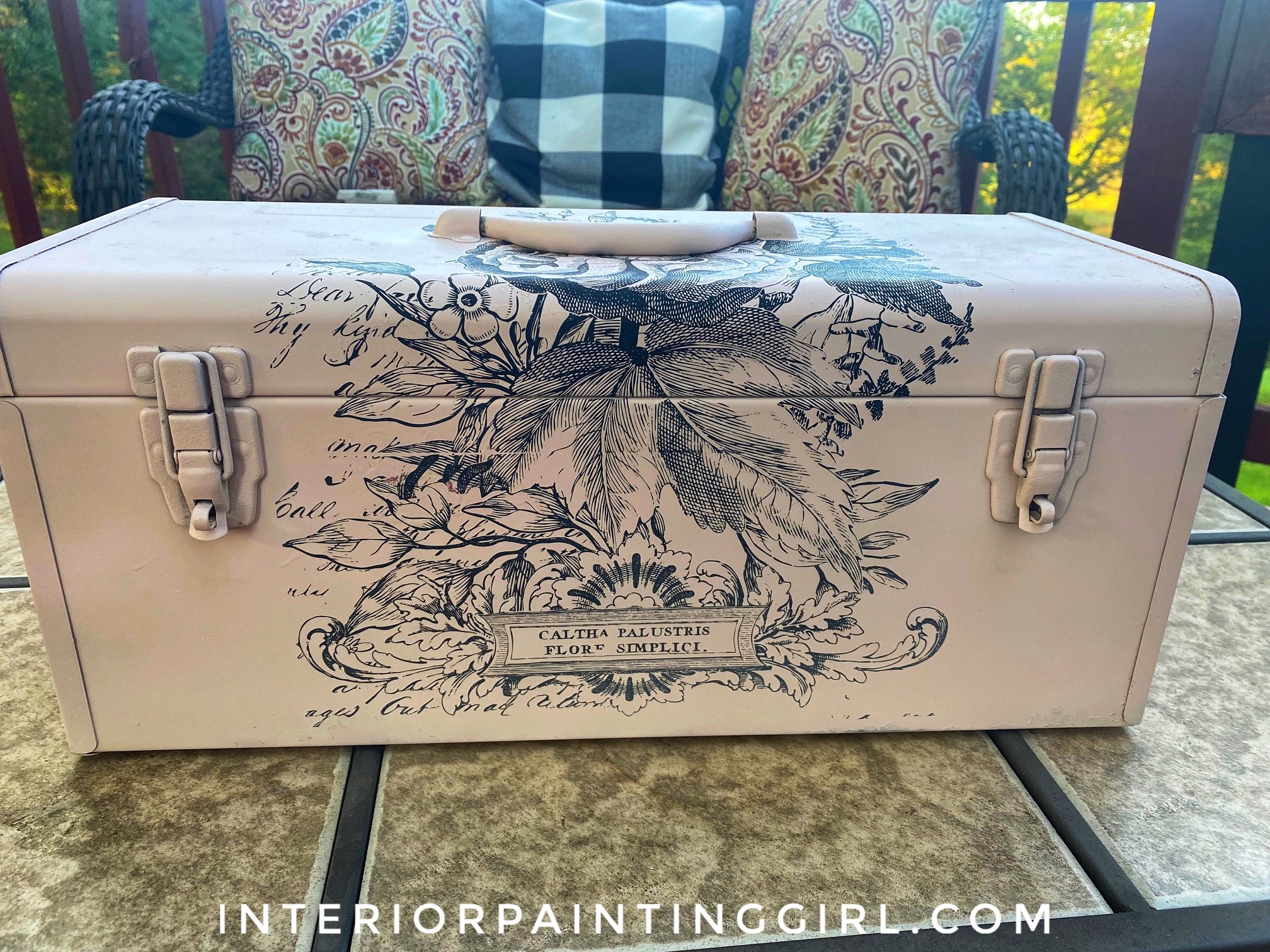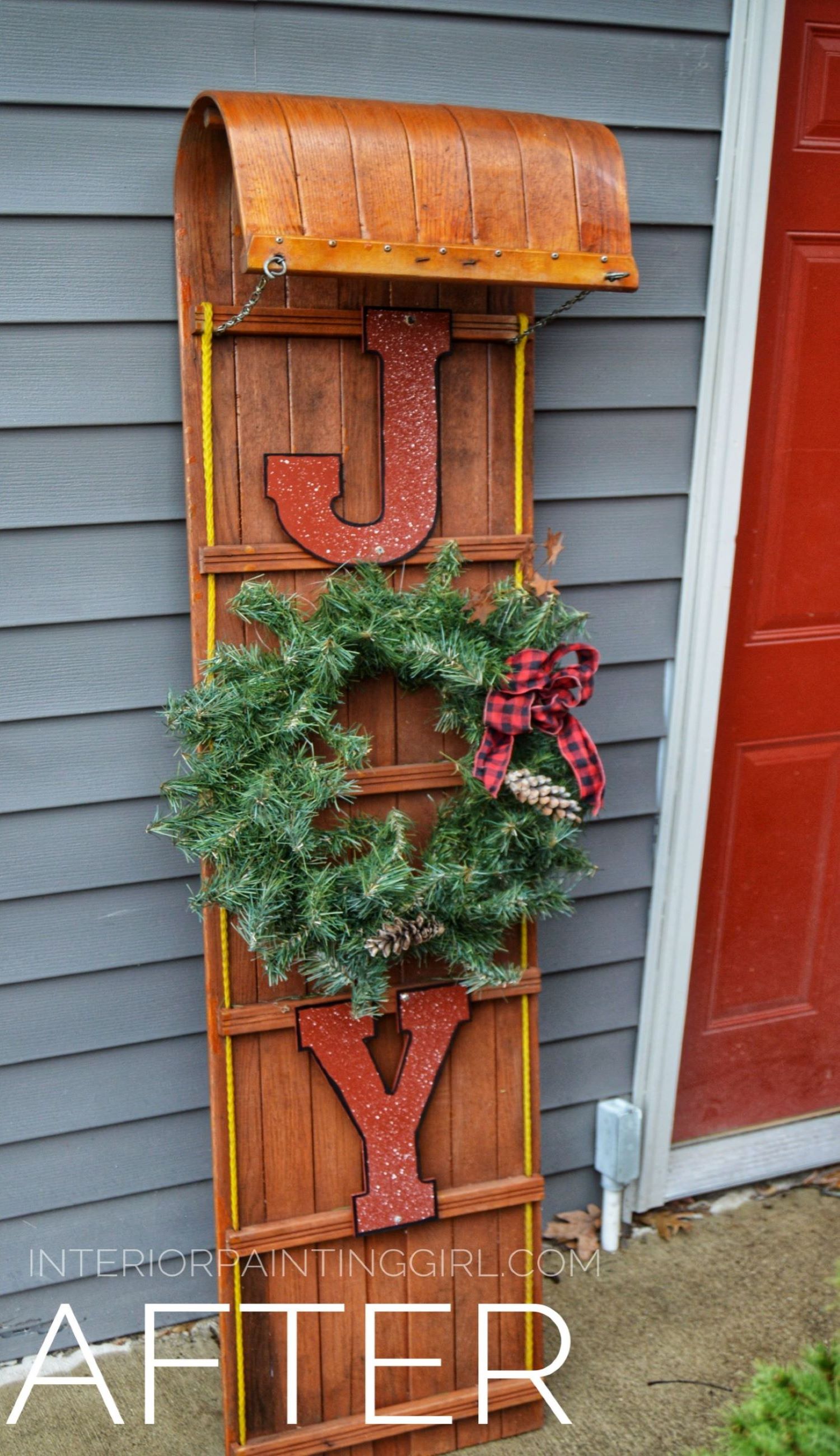Painting Over Wallpaper
One frequent question I get: “Is painting over wallpaper an option?” The answer is YES, certainly. But not without a few caveats and tips to lead you in the right direction.
Like all interior painting, the quality of the finish lies in the preparation.
Although it’s always best to remove wallpaper if you can, there are times when painting over wallpaper is your only option. Wallpaper is sometimes the only thing holding those old plaster walls together!!
You may also find that there is layer after layer of the stuff making the removal that much more difficult. Or you may have inherited papered walls that have already been painted. All these scenarios lead to very few options, one of which is painting over wallpaper.
- Quick Start Tips for Painting Over Wallpaper
- Seal edges and seams with seam sealer. Seam sealer is a small, squeezable tube of wallpaper glue.
- Wash heavily soiled walls that may have nicotine or grease before priming. This aids in adhesion and overall appearance.
- Apply an oil-based primer / sealer before painting. Wallpaper paste is activated and softened by water so don’t make the mistake of first applying a water-based paint or primer.
- Removing wallpaper after it has been painted is much more difficult. Be sure it’s your best option before proceeding.
There are a few things you’ll have to keep in mind when deciding if painting over wallpaper is the right choice for you. Once the wallpaper is painted, remember it makes it that much more difficult to remove in the future.
Also, you can follow all the steps here and apply a quality paint finish but the seams and texture of the wallpaper will always remain visible. Many wallpapers have patterns or textures, such as embossed or raised designs, that can be visible through paint.
This needn’t be a reason not to paint over wallpaper. As long as the room is decorated in good taste and you’ve applied a nice paint finish, most people will never notice.
If you are painting over a patterned wallpaper or have an uneven wall beneath the paper, you should consider a flat or low-gloss paint for your finish coat. Low gloss paint catches less light and hides imperfections. The downside is that this type of paint is often less washable or wipe-able than glossier paints.
If you’ve changed your mind and decided painting over wallpaper is not for you then you can refer to our How To Remove Wallpaper page for step-by-step instructions and tips.
Painting over wallpaper might seem much easier than removing the wallpaper but if you don’t know what you’re doing you could easily do more harm than good.
Once wallpaper has been sealed and painted over, it becomes considerably more difficult to remove it down the road.
There are two primary preparation steps to consider when painting over wallpaper.
Painting Over Wallpaper Tip 1: Repair and Seal Wallpaper Seams

The first thing to consider when painting over wallpaper is that you want your surface to look as flawless as possible. That means making repairs wherever possible to make your surface flat and your wallpaper even and preserve its integrity.
Use seam sealer to seal down any loose or peeling seams where pieces of wallpaper join. Frequent problem areas are at the floor level where it sees a lot of traffic and wear or at ceiling line where heat and steam tend to rise and soften the paste.
You may also see some bubbling or air pockets in your wallpaper. This can be remedied by using a pin to pop the bubble and allow air to escape. Afterwards you may need to slit this bubbled area and use some seam sealer to repair the area and make it flat.
Caulking around all the edges of the room, especially along the baseboard and the ceiling line, can help ensure your wallpaper remains intact and won’t begin to peel away after you’ve painted.
Painting Over Wallpaper Tip 2 : Use an Oil-Based Primer / Sealer
The second critical step is the application of oil-based primer sealer over the entire surface of the wallpaper. The reason for this is simple! Water activates or softens the paste in wallpaper. This means you run the risk of making the paper bubble or soften, and if you wanted that you would have removed it to begin with.
Using an oil-based primer / sealer such as Zinsser BIN seals and coats the wallpaper with an impenetrable coating allowing for any topcoat to be applied afterwards, including standard water-based paint!
Note: Oil-based primers have a very strong odor – much more so than water-based primers or paints, so be certain to provide adequate ventilation in your space during and immediately after the primer has been applied. Use of a respirator with appropriate cartridges is recommended. Open windows and utilize fans to circulate the air – this will also help the primer to dry more quickly.
If you decide to proceed with an oil-based primer, remember that you’ll need Mineral Spirits to help with the cleaning of your brushes and tools.
Two coats of primer / sealer is recommended. Allow to fully cure before beginning to apply paint. This should take no more than a couple of hours unless you are working in cold, unheated conditions.
Once you have decided that painting over wallpaper is your best option and have fixed any loose seams or bubbled areas, you can refer to our How to Paint Drywall page for step-by-step instructions on how to apply your oil-based primer and paint. Follow the same steps you would use to paint any wall or room.
All that remains is to select a beautiful color to compliment your space and decorate it with items that are special to you.


